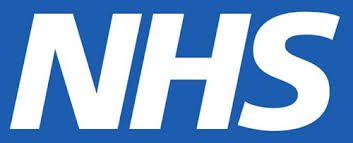For NHS and social care customers to take on your product or service, you will need to provide evidence.
For evidence to be meaningful, it’s important that it’s part of an evaluation process that supports your own understanding of the effectiveness of your product. This also provides additional context that your customers will find valuable. Data and information are the ‘what’ and evaluation leads to the ‘so what’.
Evaluations can take many formats over the course of your business’s journey. Your evaluation may take the form of a health economic evaluation, which looks at comparative analysis in terms of cost and consequence. Or another method, such as real-world evaluation, which refers to collecting evidence in partnership with a care provider in a live setting to determine the impact of your product or service, and crucially to understand how implementation works.
Economic evaluation
Articulating the economic impact and benefit to your customers is essential.
There are lots of economic terms, calculation, and modelling methods including budget impact modelling; cost utility analysis; and return on investment to name only a few. Different analyses lead to different information. For example, are you assessing the monetary impact; the cost compared to the benefit; or wider cost and benefit measures such as quality of life?
It’s important to understand the benefits of different methods; what your audience expects you to provide; and what you can accurately provide.
The economic model used by AHSNs has been developed using a mixture of methods that we know provides the detail and efficacy required by all of the stakeholder groups involved in adoption.
Undertaking evaluation with a care provider
Real-world evaluation refers to collecting evidence in partnership with a care provider to determine the impact of your product or service and to understand how implementation works. Real-world evaluations need to be appropriate and well-designed to have credibility.
To progress to working with you to evaluate in a real-world setting, there are a number of questions AHSNs might ask you to consider. These include:
- Does your innovation meet a national or regional priority?
- Will the evidence be strong enough to support scale and spread?
- Is the method credible and adaptable?
- Is it feasible financially and in terms of staff?
- Has there been an appropriate economic assessment to determine if it’s affordable?
We have created a practical guide for innovators considering real-world evaluation. We developed the guide in partnership with the National Institute for Health and Care Excellence (NICE), the Office for Life Sciences (OLS) and the Association of British HealthTech Industries (ABHI) who have significant insight into evidence and evaluation.
Further reading
If you’ve found this information useful, you may also be interested in the following resources from some of our health innovation networks:
- Health economics and evaluation toolkit – created by Eastern AHSN
If you would like to access support from a wider range of organisations like NICE; MHRA; NIHR, as well as the heath innovation networks, we’d advise that you apply to the NHS Innovation Service . There is no need to complete the Heath Innovation Network engagement form if you apply for the NHS Innovation Service. The health innovation networks will be made aware of your application.





